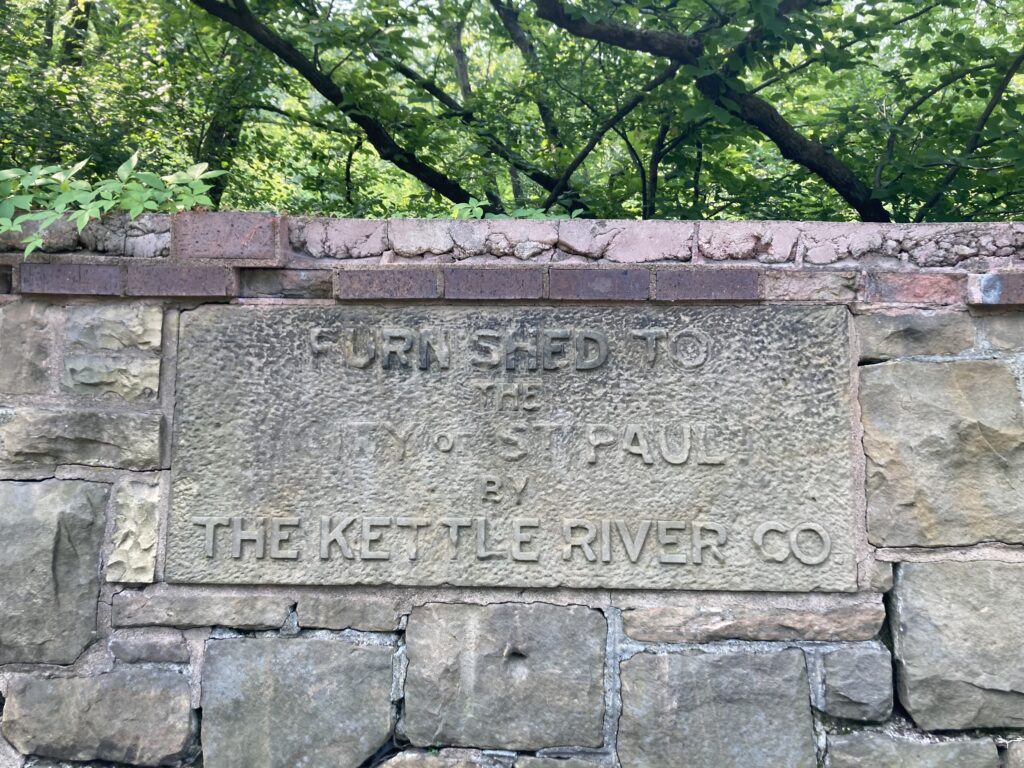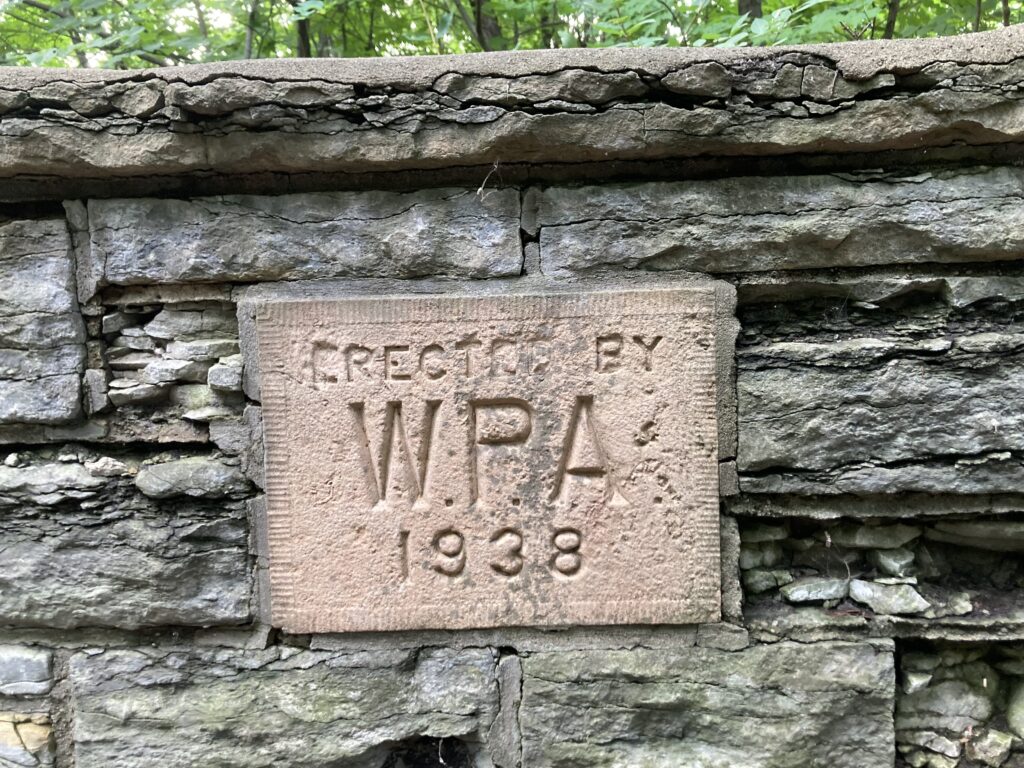run: 2.2 miles
2 trails
73 degrees
Hot! As usual, I should have gone out before 9:30, but I slept in. When I was in the shade, it wasn’t too bad. Wore my bright yellow shoes. They were fun for the first 3 minutes — very bouncy — but I started to feel both of my calves cramping up. I stopped to avoid anything worse and walked for a few minutes before starting up again. Is it the shoes? Possibly. My calves have been fine and then I started wearing these shoes again and now my calves are cramping occasionally. Last week, I woke up early in the morning to a charley horse just starting to happen. Was able to stop it before it turned into a knot. Whew.
Even though it was hot, I’m glad I got out by the gorge. Beautiful. Fall is coming. Leaves drifting down in the soft wind. Half-crushed acorns all over the sidewalk. A deep green everywhere. The winchell trail was cooler in the shade. Tricking water near the ravines (3 — 44th, 42nd, and 36th). Decided for the first time in a long time to take the dirt path past the 38th street steps and visit the oak savanna. It was dark and overgrown. Branches reaching across the trail, the dirt path that leads to the ravine narrowing to almost nothing.
10 Things
- at least 2 or 3 benches occupied, including the one near folwell
- a runner accompanied by a biker discussing how much mileage someone else was doing — marathon training?
- the river: sparkling, blue, empty
- a bird — cheeseburger cheeseburger
- another bird: me me me
- the fallen tree on winchell: still there, still blocking 2/3 of the path, still holding browned leaves
- squeak squeak a swing across the road at minnehaha academy
- movement — a bird? a squirrel? the wind moving a single leaf
- loud noises in the bushes — a bird? a squirrel?
- the worn wooden steps leading to the ravine — still cracked on a few boards — noticed that the steps are rectangular boards placed on the slope with a handrail, and some sort of wedge at the top
swim: 6 loops
90 minutes
lake nokomis open swim
78 degrees
Wonderful! The water was a little rough, but nothing too bad. No waves crashing into me. The course the lifeguards set up with how they positioned the buoys was off today. It didn’t fit with any of my strategies for sighting. The lifeguards were too close to the buoys heading out to the little beach, and the fourth buoy was much farther south than it usually is. The final buoy was too close to the orange buoy and too far from the beach. No triangle today. Not sure what shape it was. I’m almost positive I swam 6 loops, but the distance was so much shorter that it seemed more like 5. I’ll still count it as 6.
Lots of vines. Setting sun. Bubbles. Menacing swans and sailboats. Strange flashes underwater. Seeing orange. A roaring plane. Thin shafts of light. Not as many sparkle friends.

